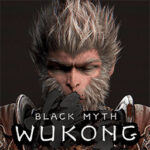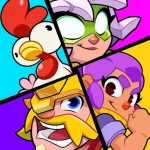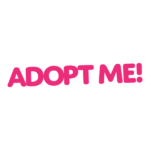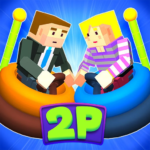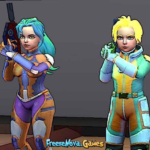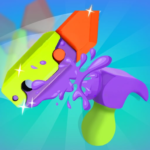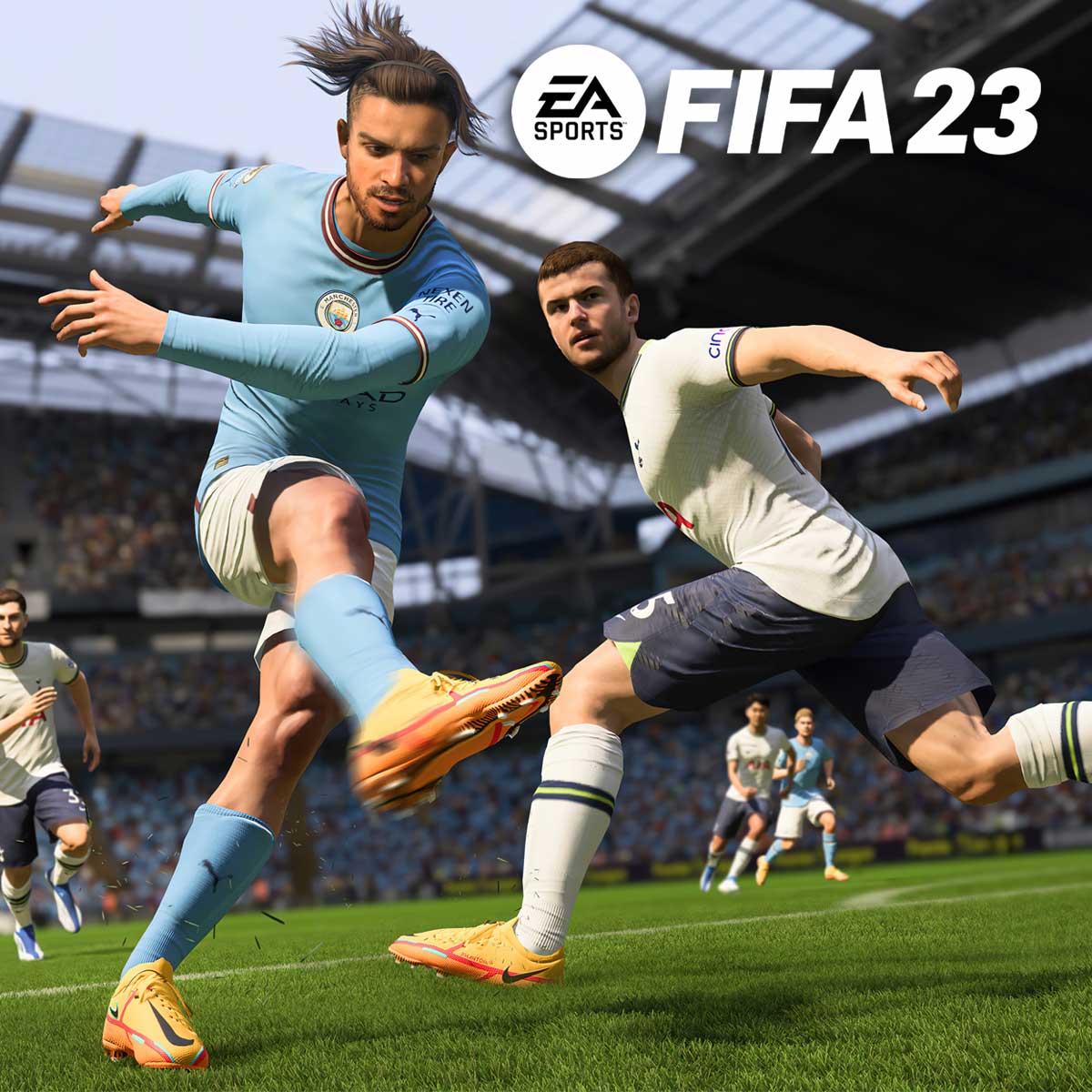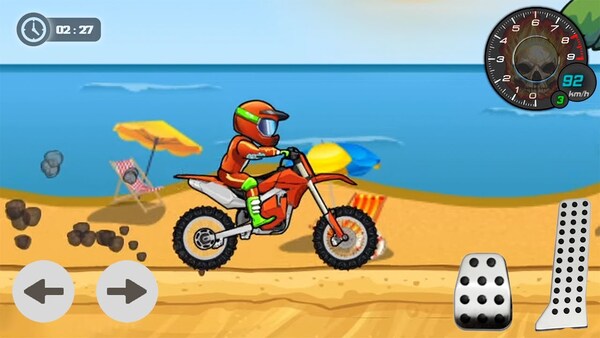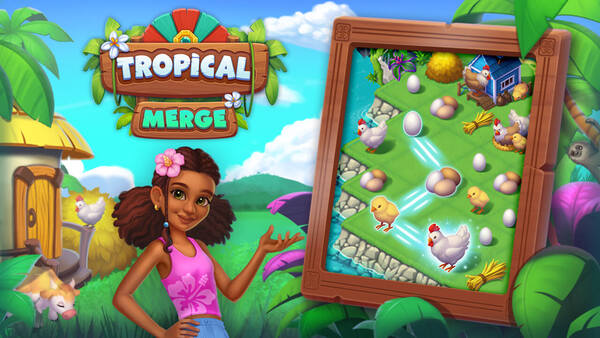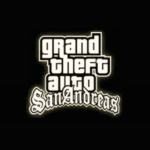Launched in 2012 by King, Candy Crush Saga has become one of the most iconic mobile puzzle games in history. With its simple yet addictive match-3 gameplay, vibrant visuals, and social features, it has captivated millions of players across the globe. Even after more than a decade, the game continues to thrive with new levels, events, and challenges. This article explores the evolution, features, and long-lasting appeal of Candy Crush Saga.
1. The Birth of Candy Crush Saga
Candy Crush Saga started as a Facebook game and quickly expanded to iOS and Android due to its explosive popularity. The game took the match-3 format—a concept popularized by earlier titles like Bejeweled—and added colorful candy graphics, a storyline, and social integration.
Key Launch Elements
-
Launched in April 2012 on Facebook
-
Expanded to mobile in late 2012
-
Became the most downloaded game of 2013
2. Addictive Match-3 Gameplay
At its core, Candy Crush Saga features match-3 mechanics, where players swap adjacent candies to form a row or column of three or more identical pieces. Matches generate points and help clear level objectives, such as removing jelly, collecting ingredients, or reaching a score target.
Special Candy Combos
-
Striped Candy: Clears a full row or column
-
Wrapped Candy: Explodes twice, clearing surrounding tiles
-
Color Bomb: Removes all candies of the same color
3. Level Design and Difficulty Progression
One of the game’s most enduring features is its vast library of levels—over 15,000 as of 2025. Early levels are easy and tutorial-like, but the difficulty increases with new obstacles like chocolate, licorice, and magic mixers.
Challenge Mechanics
-
Timed levels
-
Limited moves
-
Layered blockers
-
Combo requirements
This balance between challenge and reward keeps players coming back for "just one more level."
4. In-Game Boosters and Strategy
Boosters are tools that help players pass tricky levels. While some are earned through play, others can be purchased, adding a freemium element to the game.
Common Boosters
-
Lollipop Hammer
-
Free Switch
-
Coconut Wheel
-
Color Bomb Boost
Strategic use of boosters and planning moves ahead are key to success, especially in later stages.
5. Social Integration and Leaderboards
Candy Crush Saga gained early traction by encouraging social interaction. Players could connect to Facebook to:
-
See friends’ progress on the map
-
Send and receive lives or boosters
-
Compete on weekly leaderboards
This integration made the game feel competitive and collaborative, boosting player retention.
6. Daily Challenges and Special Events
To keep the experience fresh, King added daily tasks, treasure hunts, timed events, and even seasonal content. These provide limited-time rewards and unique gameplay modes.
Event Types
-
Candy Royale: Multi-level tournaments
-
Chocolate Box: Daily challenge missions
-
Star Tournament: Compete for the most stars in real-time
These events encourage players to log in regularly and remain engaged.
7. Monetization and Freemium Model
While Candy Crush Saga is free to play, its monetization relies on microtransactions. Players can buy:
-
Extra lives
-
Gold bars (premium currency)
-
Boosters
Although optional, the temptation to pay increases in higher levels where difficulty spikes.
Pros of Monetization
-
Supports ongoing content development
-
Optional spending; no pay-to-win in multiplayer
-
Regular free boosters through daily rewards
Cons of Monetization
-
Encourages impulse purchases
-
Some levels feel designed to frustrate
-
Pay-to-continue mechanics can be unfair
8. Visual Design and Sound Aesthetics
Candy Crush’s colorful, candy-themed graphics and upbeat soundtrack contribute to its charm. Each world has its own aesthetic, from chocolate mountains to bubblegum hills.
The game uses satisfying sound effects, animations, and particle effects to provide positive feedback, reinforcing player engagement.
Visual Highlights
-
Bright candy icons
-
Themed backgrounds per episode
-
Fun character animations like Mr. Toffee and Tiffi
9. Candy Crush in Popular Culture
Candy Crush Saga became more than just a mobile game—it became a social phenomenon. It has been referenced in TV shows, memes, and news articles, and even had a short-lived live game show.
Its widespread reach made it one of the most recognized mobile games ever, second only to titles like Angry Birds or Pokémon GO.
Conclusion
Candy Crush Saga is a masterclass in casual mobile game design. Its combination of intuitive mechanics, strategic depth, vibrant presentation, and social interaction has made it a timeless favorite for millions. While it has its flaws—particularly in monetization and late-game difficulty—it continues to succeed by consistently offering sweet rewards to those who match their way through the colorful world of candy.





